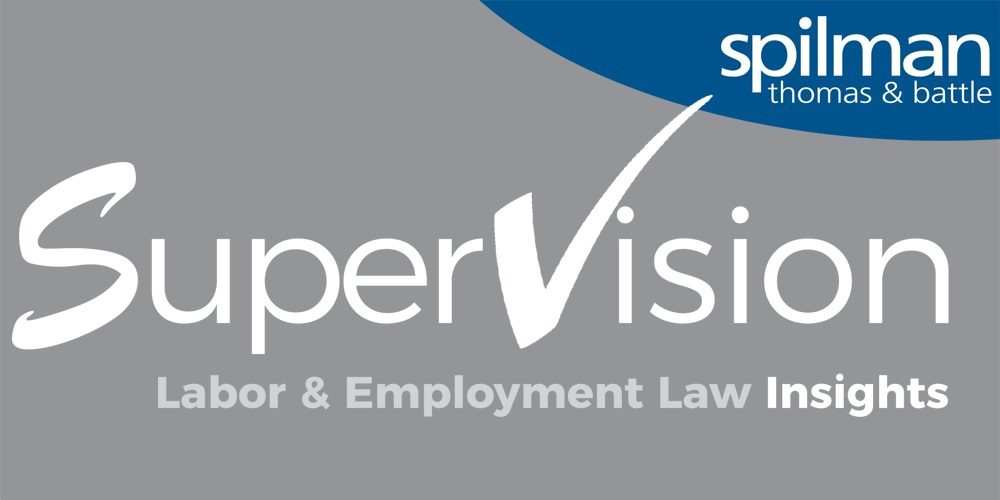Article
Resources
Article
DOL Final Rule Imposed a Series of Increases to Minimum Salary Threshold for Overtime Exemptions

As we reported last fall, the Wage and Hour Division of the Department of Labor (DOL) issued a proposed rule in September 2023 to significantly increase the standard salary level applicable to the overtime exemption for certain executive, administrative, and professional occupations, the so-called “white collar” exemptions, and to the “highly compensated employee” (HCE) overtime exemption. This was the DOL’s third effort in recent years to adjust the salary threshold. The DOL rule became final on April 23, 2024, with the first effective salary increase effective on July 1, 2024, and establishing additional increases thereafter as follows:
- Beginning July 1, 2024, the minimum salary for the white collar exemptions increased from $648 per week ($35,568/year) to $844 per week ($43,888/year).
- On January 1, 2025, the minimum salary for the white collar exemptions will increase again to $1,128 per week ($58,655/year);
- Beginning July 1, 2024, the total annual compensation threshold for the HCE exemption increased from $107,432/year to $132,964/year (including at least $844/week on a salary basis);
- On January 1, 2025, the HCE exemption total annual compensation threshold will increase to $151,164/year (including at least $1128/week on a salary basis); and
- Beginning on January 1, 2027, the salary thresholds for the white collar exemptions and the HCE exemption will automatically update every three years to reflect current earnings data.
The Final Rule made no changes to the “duties” tests applicable to the white collar exemptions.
The magnitude of the increases to the salary and HCE annual compensation thresholds are nearly as substantial as those proposed by the Obama administration in 2016 that were later enjoined by the United States District Court for the Eastern District of Texas in 2017. The DOL estimates that the new Final Rule will restore or extend overtime protections in year one of its implementation to 4 million, of what DOL previously described as, “low-paid salaried workers,” and it will impose $1.4 billion of direct costs on employers.
There are legal challenges pending to the DOL’s authority to increase the standard salary and to whether the Fair Labor Standards Act authorizes the establishment of salary criteria at all. However, at present, the only injunction issued to prevent the implementation of the new standard salary increases is solely applicable to public employees in Texas. A federal district court considering a separate challenge involving private employers refused to enjoin the increases on the basis that the plaintiff had not demonstrated irreparable harm. That case remains active and a decision on the merits is expected before the end of the year. Consequently, private employers need to adjust to the final rule now.
Employers should evaluate their exempt workforce (i.e., those paid a salary and treated as ineligible for overtime pay for hours worked in excess of 40 hours per week) and consider the available options to comply with this new rule, including increasing the salaries of exempt employees to at least the new salary threshold or reclassifying some or all of the affected employees to a non-exempt status. The latter approach must include the implementation of compliant timekeeping procedures, training on your overtime work restrictions, and enforcement of those restrictions.
Although no changes have been made to the exempt job “duties” test, this is an ideal opportunity to also review actual job duties, responsibilities, and discretionary authority to ensure compliance with the exemptions. The consequences of misclassification claims can be substantial and periodic review is always a best practice.
If you have questions about overtime exemptions in general, application of the Final DOL rule, or how to perform a job classification audit, please contact your labor and employment attorney at Spilman.


